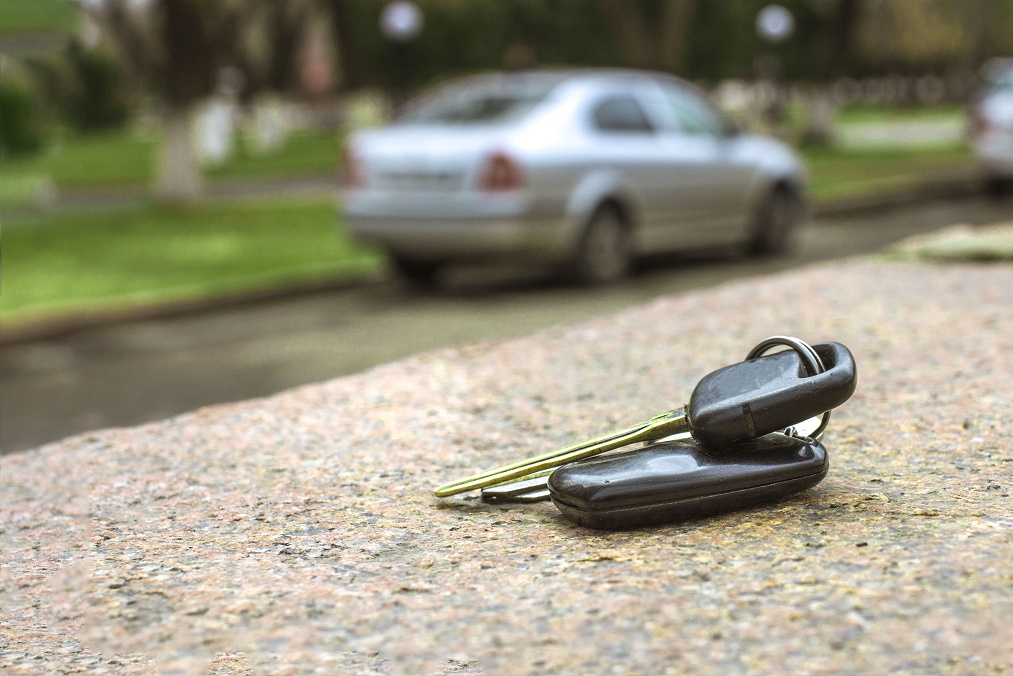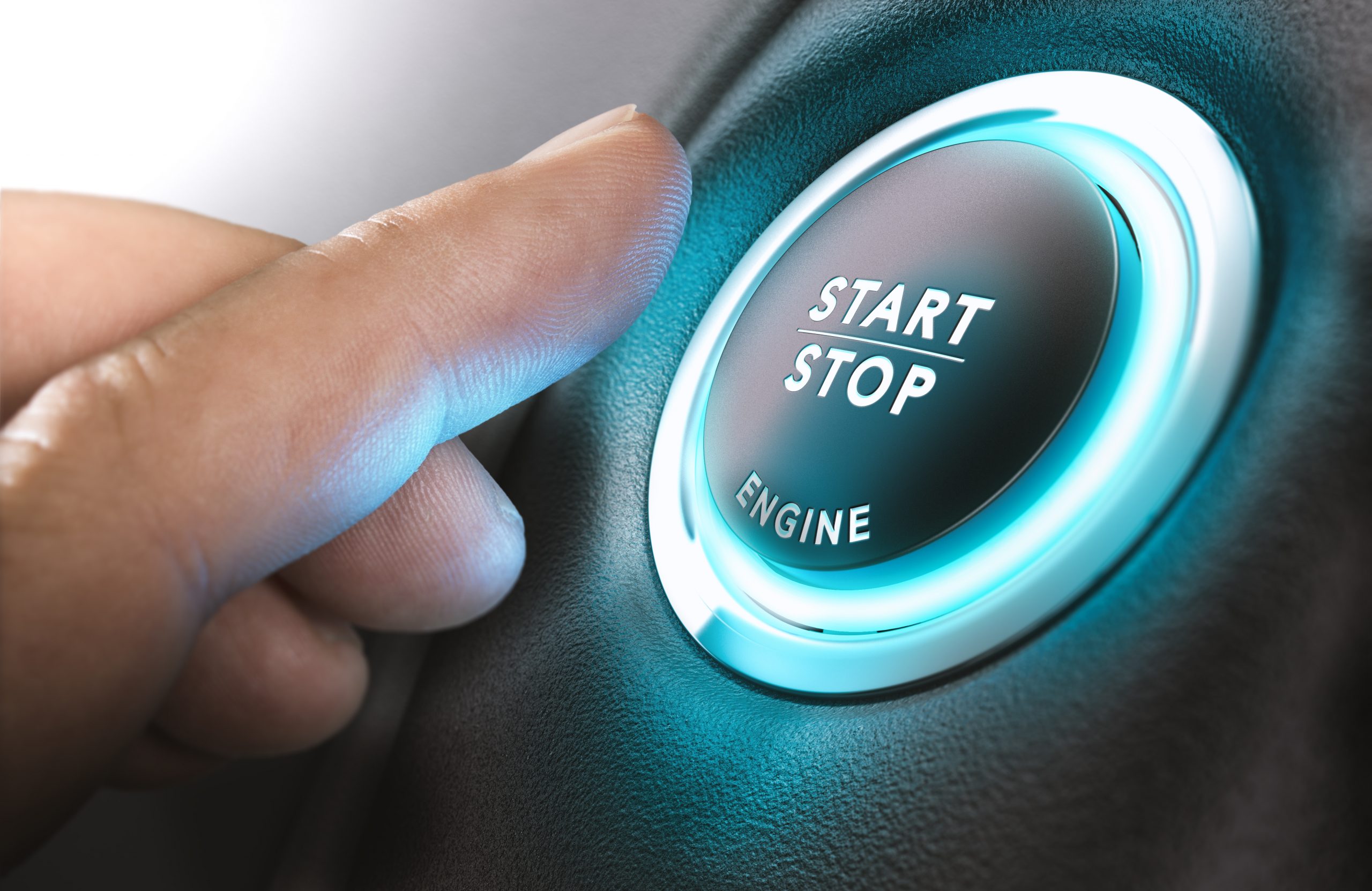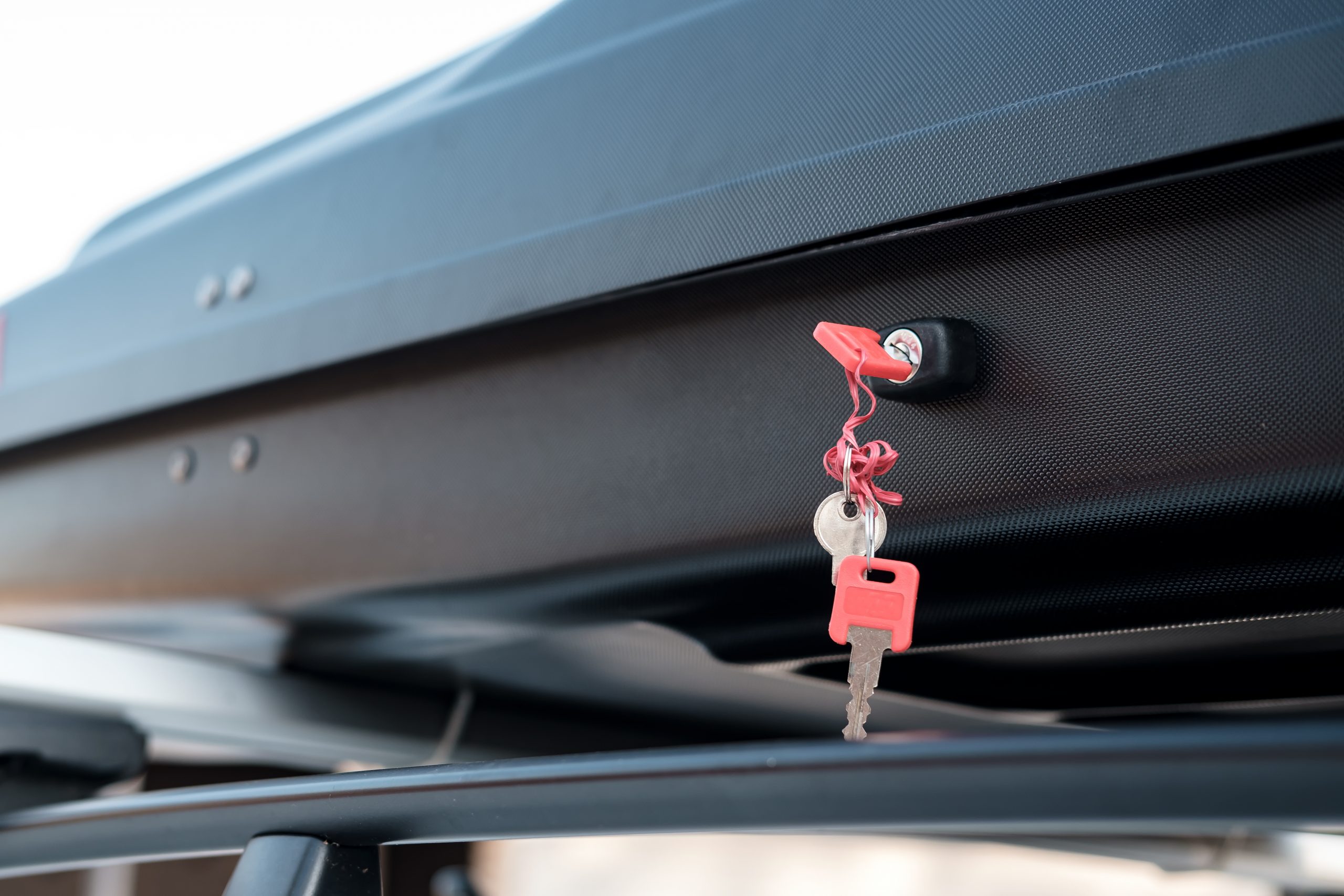Technology has changed how we use our cars. Many vehicles now open, start, and even drive without the driver ever touching a key. Remote entry systems, smart key fobs, and mobile apps have made access easier than ever. Still, every modern vehicle includes a backup physical key, and that small piece of metal remains essential. Understanding why it exists helps drivers stay prepared for real-world situations where digital convenience can fail.
The Limits Of Smart Key Systems
Smart keys rely on electronic communication between the fob and the vehicle’s receiver. When the system works, it feels effortless. The door unlocks as we approach, and the engine starts with a button press. Yet all of this depends on consistent power and signal. A dead key fob battery, a drained car battery, or electronic interference can instantly break that connection.
Physical keys are not dependent on any electrical system. When the fob battery fails or the car battery dies, the physical key allows manual access to the vehicle. Without it, even reaching the hood to jump-start the battery becomes impossible. In cold climates like Ottawa’s, where extreme temperatures affect battery life, that old-fashioned key often becomes the only reliable option.
Backup Access In Emergencies
Locking systems fail more often than most people realize. Power outages, damaged wiring, or malfunctioning door actuators can all prevent remote unlocking. In emergencies, quick access to a vehicle can be critical. Whether to retrieve essential medication, shelter from severe weather, or assist another person, the ability to open the car manually may save valuable time.
Physical keys also allow us to open the trunk when automatic systems stop responding. For drivers who experience a lockout with their keys trapped inside, having a traditional key hidden in a secure place can prevent the need for forced entry. When that fails, professional help such as an automotive locksmith in Ottawa can restore access safely without damaging the car.
Reliability During Extreme Weather
Modern vehicles include a range of sensors and transponders that rely on stable power and signal. Extreme weather, especially the cold winters and humid summers of Ottawa, can interfere with those systems. Cold weather reduces the voltage output of batteries, affecting both the car and the key fob. In summer, high humidity or condensation can short small electronic circuits.
Mechanical locks, on the other hand, remain functional under nearly all conditions. A well-maintained physical key can operate even when electronics fail due to moisture or freezing. That reliability matters most when drivers are stranded in isolated areas or when digital systems fail at the worst possible moment.
Security Considerations
Digital systems have made vehicles safer against theft in many ways, but they also introduce new types of risks. Signal amplification attacks allow thieves to trick a car into believing the smart key is nearby, even when it is inside the owner’s house. Hackers can sometimes intercept or clone digital signals.
While manufacturers work constantly to improve digital encryption, a mechanical lock provides a second layer of protection. It cannot be hacked remotely, and it allows drivers to disable certain electronic systems if needed. Physical keys also remain useful when performing security-related maintenance, such as changing the battery, reprogramming the key fob, or resetting electronic modules.
Maintenance Access For Technicians
Automotive repair professionals still rely on physical keys to perform diagnostics and maintenance. When the electronic ignition or the smart entry system malfunctions, technicians need manual access to the doors, trunk, or glove compartment. In certain cases, removing or reprogramming the car’s battery requires a physical key to turn the ignition into specific positions that electronic systems cannot replicate.
For these reasons, every modern car continues to include a mechanical locking mechanism. Some are discreetly hidden under a cover on the driver’s handle, but they remain functional. As long as vehicles require occasional mechanical intervention, physical keys will remain an integral part of car design.
Common Situations Where Physical Keys Prove Useful
Drivers often overlook how frequently electronic access can fail in everyday scenarios. A few common examples show why keeping a traditional key nearby is practical.
When we accidentally drop the fob in water or snow, the circuit board can short instantly. Even after drying it, corrosion may prevent reliable communication. In another case, when parking in underground garages, heavy concrete structures may block the signal between the car and fob, leaving the driver locked out. In rural areas or construction zones, dust and debris can accumulate around sensors, disrupting entry systems.
Physical keys eliminate all these issues. They work independently of environment, signal, or software. It is a small detail that provides peace of mind for anyone who depends on their car daily.
Why Car Makers Still Include Them
Automotive engineers design vehicles for real-world reliability. That means preparing for all the moments technology does not cooperate. Regulations in many regions require at least one mechanical entry method for safety reasons. If the battery or electronic system fails, drivers must still be able to unlock and operate the vehicle manually.
Moreover, global car models serve markets where smart keys are not always common. Manufacturers often build both versions using shared designs to reduce production complexity. Even if the primary market uses digital access, the mechanical key ensures universal operability.
Finally, physical keys allow owners to take full control of their vehicle in case of electronic malfunctions or reprogramming needs. They give autonomy back to the driver when technology falls short.
Protecting And Maintaining Your Physical Key
A physical key only works if it is in good condition. Like any tool, it requires basic care. Keeping it dry, avoiding rough contact with metal surfaces, and cleaning it periodically with mild lubricant prevents corrosion. Storing it on a separate ring from heavy keychains reduces wear on the ignition cylinder.
For vehicles that use concealed key slots, learning where the slot is located before an emergency saves stress later. Many owners’ manuals explain how to access the hidden lock on modern handles. Testing it once ensures it functions smoothly before it is urgently needed.
If a key bends, cracks, or becomes stuck in the lock, it should be replaced immediately. Trying to force it can break the tip inside the cylinder. When that happens, only specialized help such as broken key extraction Ottawa can remove it safely.
How To Prepare For A Lockout
Preparation is often the difference between inconvenience and frustration. Keeping a spare key in a secure but accessible location is the simplest precaution. Some drivers store one with a trusted family member or inside a small lockbox attached under the car body. Others keep one in a wallet-sized key holder.
When a lockout happens, staying calm is key. Checking whether the trunk or passenger door still responds to the remote is worth trying before calling for help. If all access fails, contacting an emergency service such as emergency car lockout Ottawa ensures safe and non-destructive entry. Trying to pry a door or use improvised tools often results in damage far more expensive than a professional visit.
The Future Of Vehicle Access
Car technology continues to evolve. Some vehicles now integrate digital keys with smartphones or wearable devices. Others use biometric recognition or cloud-based authorization. Still, the inclusion of a physical key persists even in these models.
The main reason is redundancy. Any system that relies on power, internet, or signal needs a mechanical fallback. Engineers understand that complete dependence on electronics can create safety hazards. Until technology can guarantee 100 percent uptime, physical keys will remain a vital backup.
As cars become more connected, there is also a growing conversation about privacy. Physical keys require no data exchange or tracking. They work without transmitting location or usage data, providing a simple form of independence in a highly connected world.
When To Replace A Physical Key
Like other metal components, keys wear down over time. Tiny variations in the ridges can make them fit loosely, which increases strain on the lock cylinder. If the key begins to stick, turn roughly, or require multiple attempts, it may be time for replacement.
Keys cut from worn copies can worsen the problem, as each generation becomes slightly less accurate. Always make duplicates from the original when possible. If the original is lost or damaged, a locksmith can cut a new key by decoding the lock or using the vehicle identification number.
Replacing old or unreliable keys before they fail prevents costly lock repairs later. For vehicles with chipped transponder keys, testing the embedded chip after cutting ensures compatibility with the car’s immobilizer system.
A Practical Habit For Every Driver
Every driver benefits from learning how to use their physical key and keeping it close at hand. It may seem like an outdated accessory, but it remains the simplest solution for countless modern problems. Just as we keep jumper cables and a spare tire, the key serves as another essential backup tool.
We should test it once or twice a year, especially before long trips or during seasonal maintenance. This small routine ensures the key and lock mechanism stay in working condition. It also reminds us where the hidden key slot or cover is located, so we can find it quickly when needed.
If you find yourself locked out or unable to access your car due to a malfunctioning fob, you can always contact us for professional assistance. Having a reliable expert on call can save time and protect your vehicle from unnecessary damage.
FAQ
Why do modern cars still have keyholes if they use push-start systems?
Manufacturers include keyholes as a mechanical backup in case of electrical or battery failure. Even cars with push-start buttons must allow manual entry for safety and maintenance reasons.
Can a physical key open the trunk if the electronic system fails?
Yes, most vehicles with traditional locks allow manual trunk access. Some models have a hidden key slot above the license plate or near the handle.
What should I do if my key breaks inside the lock?
Avoid forcing or trying to remove it with sharp tools. A professional locksmith can extract the broken piece without harming the cylinder.
Does every key fob contain a physical key?
Almost all modern fobs have a small metal key hidden inside. The release mechanism is often a button or sliding tab on the side of the fob.
How often should I replace my car’s physical key?
Replace it when it starts sticking, bending, or feeling loose in the lock. Regular inspection helps avoid damage to the ignition or door cylinder.



